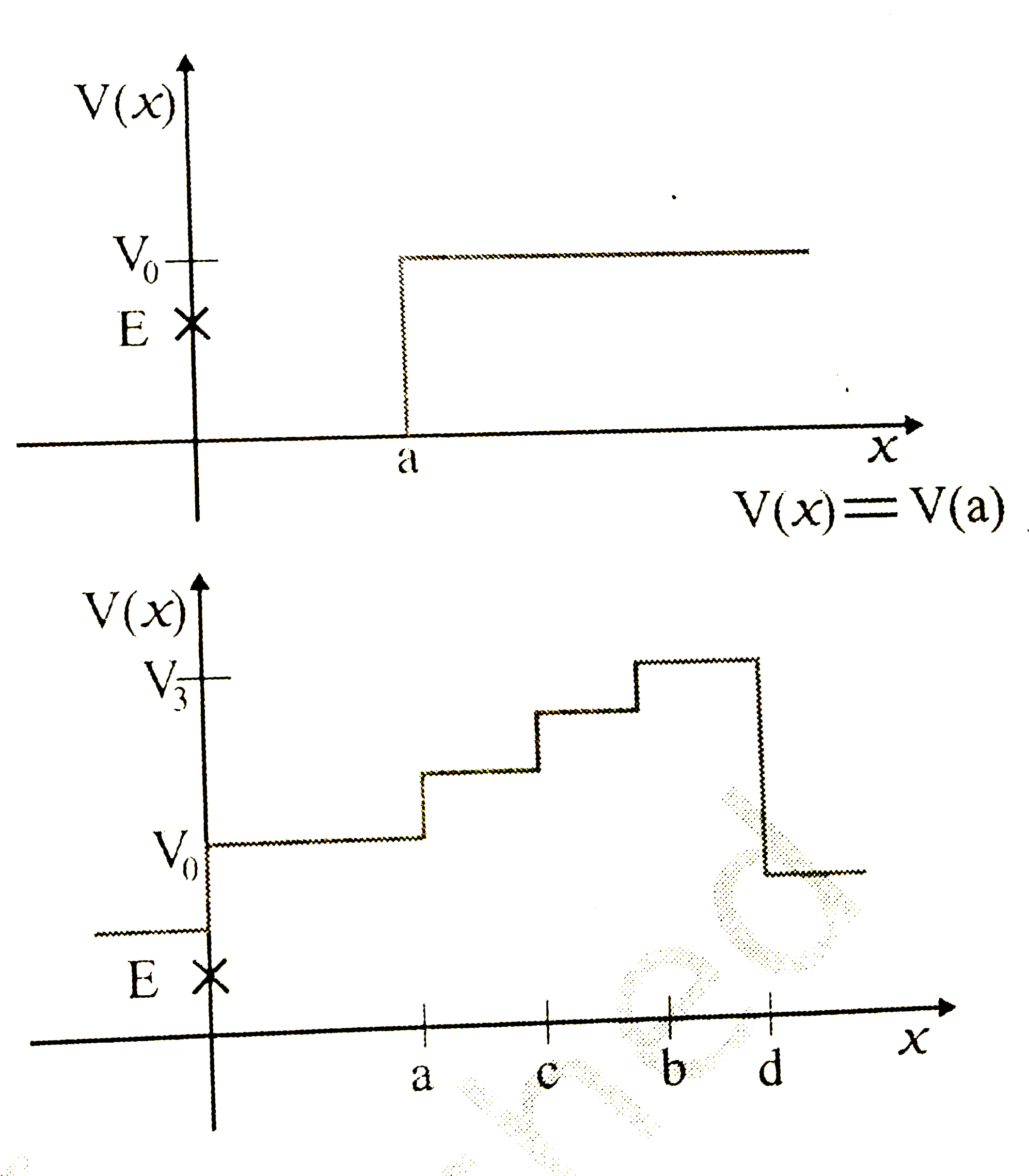Find the centre of mass of three paritcles at the vertices of an equilateral triangle. The masses of the particles are 100 g. 150g and 200 g respectively. Each side of the equilateral triangle is 0.5 m long.
Step by step video & image solution for Find the centre of mass of three paritcles at the vertices of an equilateral triangle. The masses of the particles are 100 g. 150g and 200 g respectively. Each side of the equilateral triangle is 0.5 m long. by Physics experts to help you in doubts & scoring excellent marks in Class 11 exams.
Updated on:21/07/2023Topper's Solved these Questions
Similar Questions
एकसमान द्रव्यमान घनत्व के निम्नलिखित पिण्डो में प्रत्येक के द्रव्यमान केंद्र की अवस्थिति लिखिए :
(a ) गोला , (b ) सिलिंडर , (c ) छल्ला तथा (d ) घन
क्या किसी पिण्ड का द्रव्यमान केंद्र आवयश्क रूप से उस पिण्ड के भीतर स्थित होता है ?
View Solutionकोई गीजर 310 लीटर प्रति मिनट की दर से बहते हुए जल को 27∘C से 77∘C तक गर्म करता है और गीजर का परिचालन गैस बर्नर द्वारा किया जाए तो ईंधन के व्यय की क्या दर होजी ? बर्नर की ईंधन की दहन - ऊष्मा 4.0×104Jg−1 है।
View Solutionकिसी वस्तु पर किसी बल द्वारा किए गए कार्य का चिन्ह समझना महत्वपूर्ण है। सावधानीपूर्वक बताइए कि निम्नलिखित राशियॉ धनात्मक है या त्रणात्मक :
(a) किसी व्यक्ति द्वारा किसी कुए में से रस्सी से बँधी बाल्टी को रस्सी द्वारा बाहर निकालने में किया गया कार्य।
(b) उपुक्त स्थिति में गुरुत्वीय बल द्वारा किया गया कार्य।
(c) किसी आनत तल पर फिसलती हुई किसी वस्तु पर घर्षण द्वारा किया गया कार्य ।
(d) किसी खुरदरे क्षैतिज तल पर एकसमान वेग से गतिमान किसी वस्तु पर लगाए गए बल द्वारा किया गया कार्य।
(d) किसी दोलायमान लोलक को वीरामावस्था में लाने के लिए वायु के प्रतिरोधी बल द्वारा किया गया कार्य।

View SolutionFind the centre of mass of three particle at the vertices of an equilateral triangle. The masses of the particle are 100g, 150 g, and 200g respectively. Each side of the equilateral triangle is 0.5m along.
View SolutionThree particles each of mass m are kept at vertices of an equilateral triangle of side L. The gravitational field at centre due to these particle is
View Solution10 g 20 g तथा 30 g के तीन कण एक समबाहु त्रिभुज ABC के शीर्षो पर इसी क्रम से रखे गए है| त्रिभुज की प्रत्येक भुजा की लम्बाई 1 m है | इस संहति का द्रव्यमान केंद्र निकाले |
View SolutionFind the centre of mass of three particles at the vertices of an equilateral triangle. The masses of the particles are 100g, 150g and 200g respectively. Each side of the equilateral triangle is 0.5 m long, 100g mass is at origin and 150g mass is on the X-axis.
View Solutionएक समबाहु त्रिभुज के शीर्षों पर रखे गये तीन कणों का द्रव्यमान केंद्र ज्ञात कीजिए । कणों के द्रव्यमान क्रमश : 100g, 150g एवं 200 g हैं । त्रिभुज की प्रत्येक भुजा की लम्बाई 0.5 m है ।
View SolutionThree particles of masses 1 g, 2g, and 3g are placed at the vertices of an equilateral triangle of side 1 m. Locate the centre of mass of the system.
View SolutionFind the centre of mass of three particles at the vertices of an equilateral triangle. The masses of the particles are 100g, 150g, and 200g respectively. Each side of the equilateral triangle is 0.5m long.
View SolutionFind the centre of mass of three particles at the vertices of an equilateral triangle. The masses of the particles are 100g, 150g, and 200g respectively. Each side of the equilateral triangle is 0.5m long.
View SolutionFind the centre of mass of three particles at the vertices of an equilateral triangle. The masses of the particles are 100g, 150g, and 200g respectively. Each side of the equilateral triangle is 0.5m long.
View SolutionFind the centre of mass of three particle at the vertices of an equilateral triangle. The masses of the particle are 100g,150g,and200g respectively. Each side of the equilateral triangle is 0.5m along.
View SolutionFind the centre of mass of three particles at the vertices of an equilateral triangle. The masses of the particles are 100g, 150g, and 200g respectively. Each side of the equilateral triangle is 0.5m long.
View SolutionThree equal masses each of 1 kg are placed at vertices of an equilateral triangle of side 10m. Find the position of centre of mass.
View Solution
